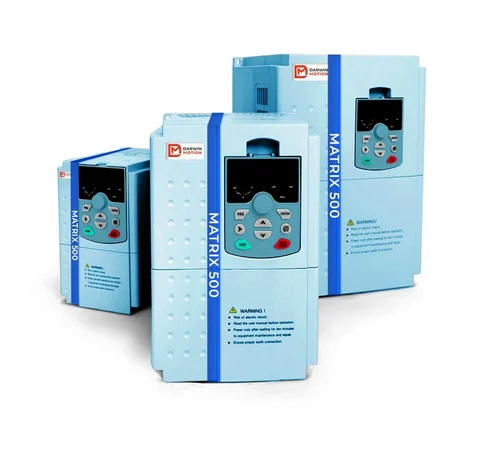Posted on 21st Mar 2025

In many industrial and commercial applications, fans play a crucial role in ventilation, cooling, and air circulation. Traditionally, air flow control is achieved through mechanical dampers or inlet vanes, but these methods can be inefficient and costly. A Variable Frequency Drive (VFD) offers a modern, energy-efficient solution for controlling air flow on your fan. Here’s why using a VFD is a smart choice.
One of the biggest advantages of using a VFD for fan control is the significant energy savings. Unlike traditional methods that restrict air flow mechanically while keeping the motor running at full speed, a VFD adjusts the motor speed according to demand. Since fan power consumption follows the affinity laws (where power is proportional to the cube of speed), even a small reduction in speed can lead to substantial energy savings.
An ac drive optimizes the performance of your fan by ensuring it operates at the most efficient speed. Instead of wasting energy by throttling air flow with dampers, the VFD directly adjusts the fan speed to match real-time requirements. This not only enhances efficiency but also reduces unnecessary wear and tear on mechanical components.
By using a VFD, the stress on the fan motor and associated components is minimized. Reduced operating speeds lead to lower mechanical strain, resulting in longer equipment life and fewer maintenance needs. Additionally, eliminating the need for mechanical dampers or inlet vanes reduces the number of moving parts that can wear out or fail.
VFDs allow for precise control of fan speed, making it easier to maintain optimal environmental conditions. Many VFDs can be integrated with building automation systems (BAS) or industrial control networks, enabling automatic adjustments based on temperature, pressure, or occupancy levels. This level of automation leads to better comfort and efficiency in HVAC applications.
Fans running at lower speeds generate less noise, which can be a major benefit in environments where noise pollution is a concern. Whether in industrial settings, office buildings, or residential applications, quieter operation contributes to a more comfortable and productive environment.
Starting a fan motor with a direct-on-line (DOL) or star-delta starter causes a sudden inrush of current, leading to electrical and mechanical stress. A VFD provides a soft start, gradually ramping up the motor speed to prevent excessive electrical demand and mechanical shocks, ultimately prolonging the life of the motor and reducing energy spikes.
Using a VFD for air flow control on your fan is a cost-effective and efficient solution that offers energy savings, improved system performance, reduced maintenance, and better overall control. By replacing outdated mechanical control methods with a VFD, businesses can achieve lower operational costs, enhance system reliability, and contribute to a more sustainable future. If you’re looking to optimize your air flow control system, investing in a VFD is a smart move.